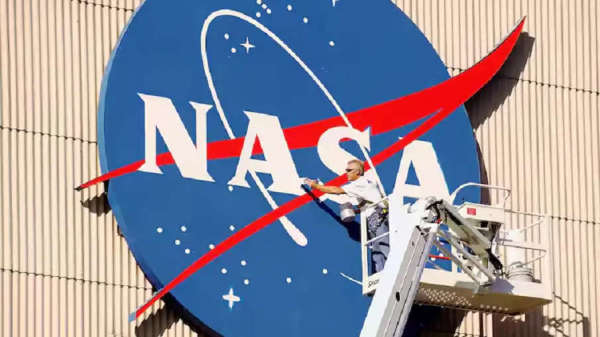
Which is the lowest post in NASA? Posts from GS-1 to GS-5, in how many years do you get a promotion? Know the complete information about career growth in NASA based on education, experience and grade system!
NASA is a very large organization, which works in many fields like science, engineering, and space exploration. There is no fixed definition of "smallest post" here, but if we talk about job level, then the lowest level in NASA can be considered GS-1. However, usually recruitment in NASA starts from GS-5 or GS-7 level, especially for those who have a bachelor's degree.
What are GS-1 and GS-5?
GS-1: This is the lowest grade, but it is rarely used in NASA. It usually requires a high school diploma, and the position can be for basic support staff such as a clerk or office assistant.
GS-5: This is generally considered the entry-level position at NASA. College graduates can be hired here as technical assistants or administrative assistants.
Most positions at NASA require higher education and specialized skills, so even the "lowest position" can change depending on the context. For example, an intern or support staff role can also be considered the lowest level.
How many years does one get promoted?
Promotion time at NASA is not fixed and depends on many factors, such as:
- Performance: The employee's annual performance evaluation is the biggest basis for promotion.
- Grade system: Promotion to each grade in the GS scale usually requires at least 1 year of experience in that grade. This is called the "Time-in-Grade" rule.
- Vacancies: A higher position must be vacant for promotion, and the employee may have to apply for that position.
- Education and skills: Higher grades may require additional degrees or specialized training.
Typical promotion times:
-GS-5 to GS-7: Possible in 1-2 years, if performance is good.
-GS-7 to GS-9: 2-3 years, depending on experience and responsibilities.
-Higher grades (GS-11 and above): This may take 3-5 years or longer, especially if there is a major contribution to the mission or project.
For example, an engineer or scientist who starts at GS-7 may be able to move up to GS-11 or GS-12 in 5-10 years with good performance. Promotions are different for astronauts, as their role is mission-based, and they often start at a higher grade, such as GS-13 or GS-14.
The smallest position at NASA is probably the GS-5 level, which is a technical or administrative assistant. Promotion time averages 1-3 years per grade, depending on performance and opportunities.